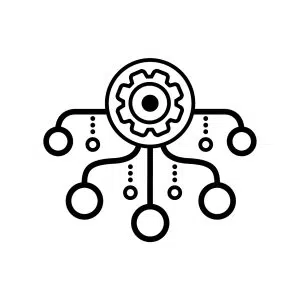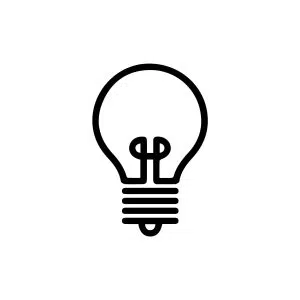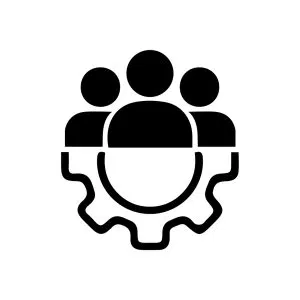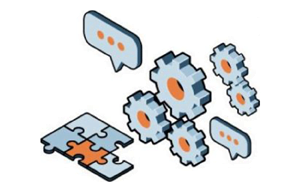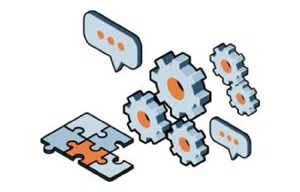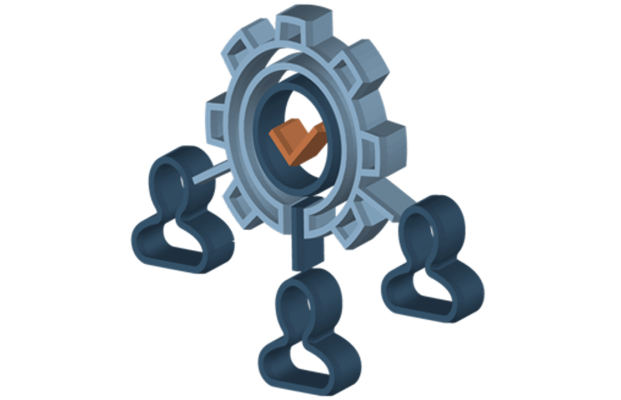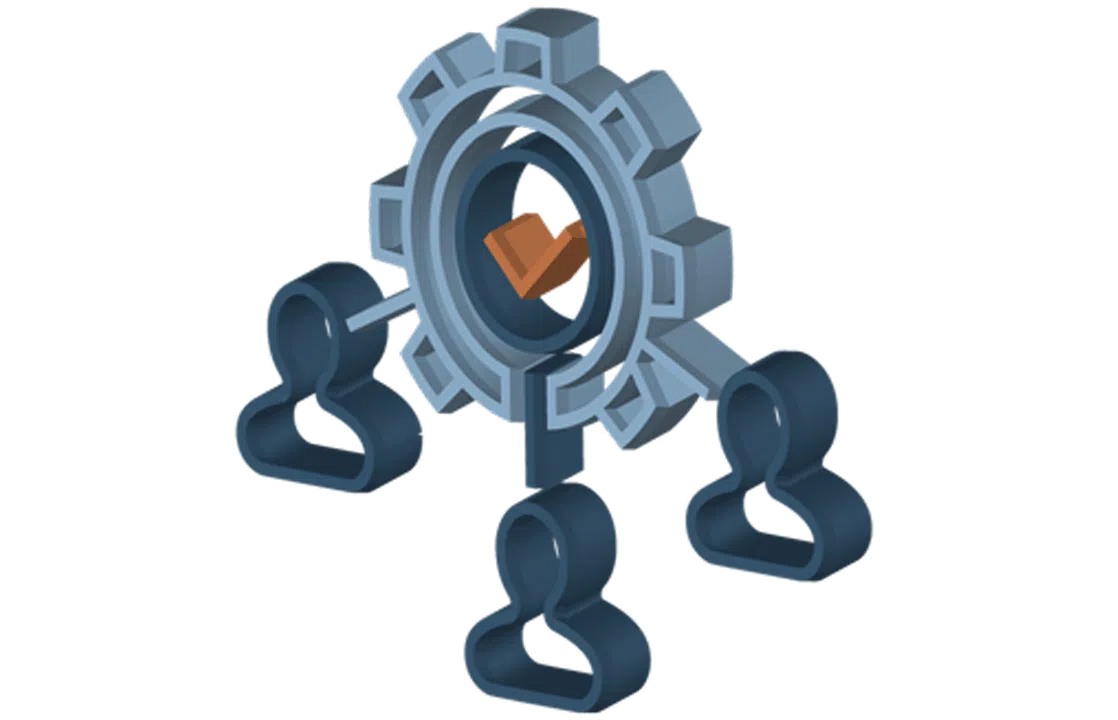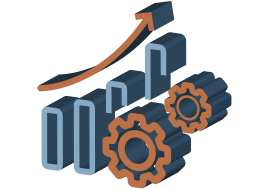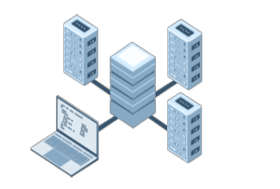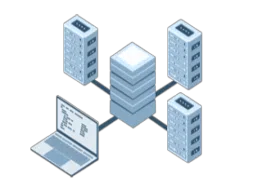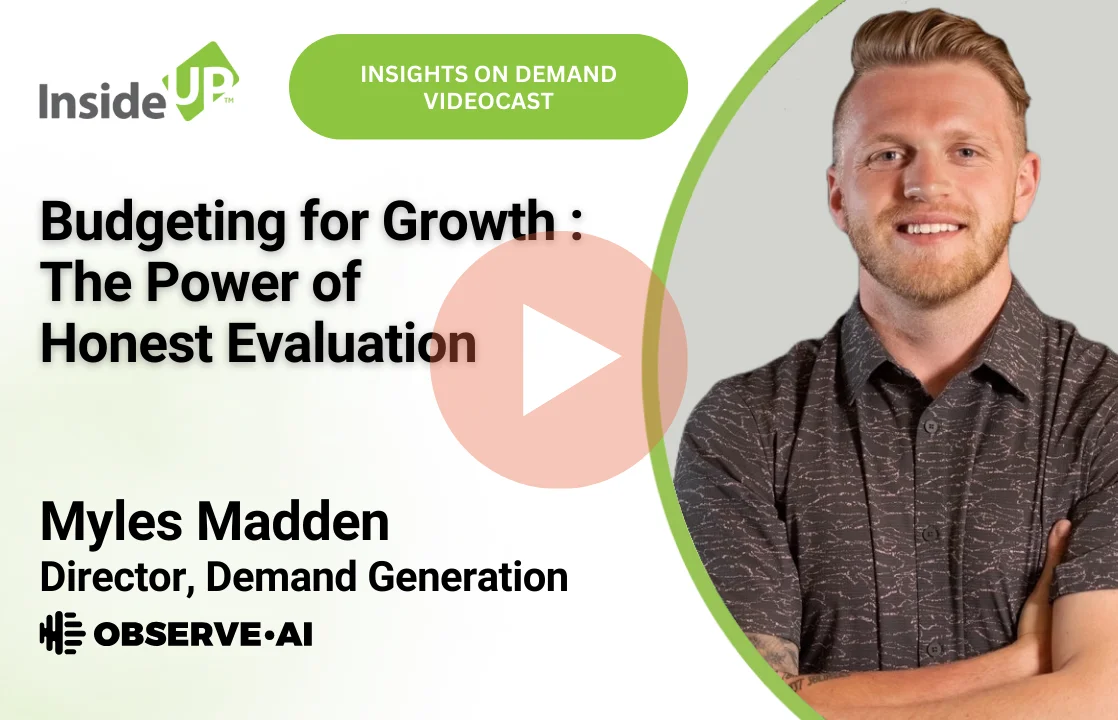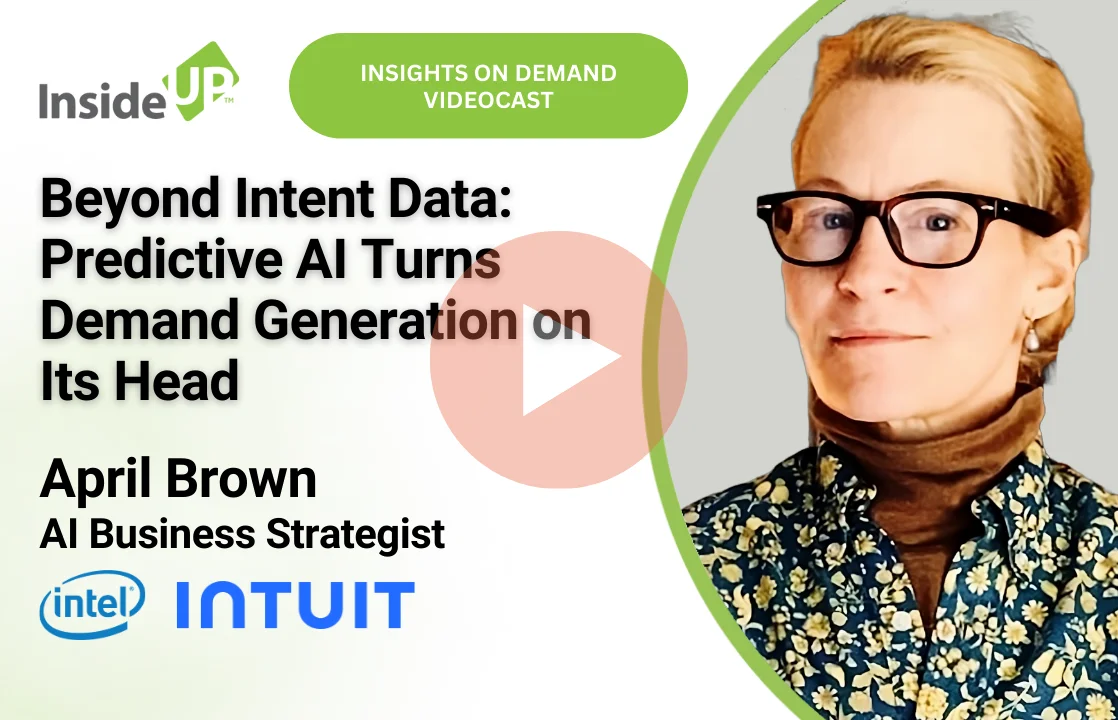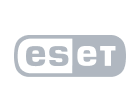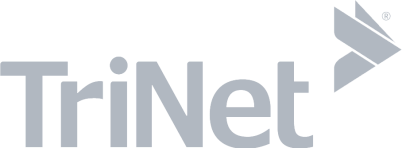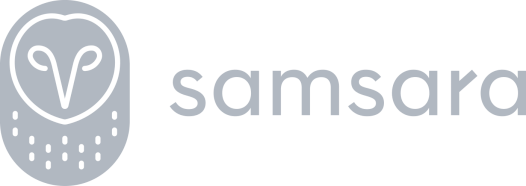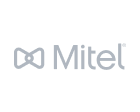
As part of the InsideUp study series on B2B IT buyers, we sat down for a talk with Genefa Murphy, current CMO at Five9 and former SVP & CMO at Micro Focus.
Introduction
Genefa described what Micro Focus does as taken from the definition of “digitalization” stipulated by Dr. Scott Brennen, Senior Policy Associate at the Center on Science and Technology Policy at Duke University: “a transformation to the digital economy”. This is a nuanced definition of “digital transformation”. Genefa explains this definition as helping customers optimize their business operations and solve the business problems of today. This is achieved by being mindful that enterprises also have to achieve short term goals (such as optimizing their business operations and) while seeking to transform their business for the needs of the future. These may include the need to transform enterprises in order to better adapt to the realities imposed by the Internet, mobile devices, IoT, and 5G networks.
Genefa continued that Micro Focus’ portfolio, while extensive, can be encapsulated in four key outcomes they help their IT customers deliver. These outcomes (and their respective product categories) are:
- 1. Accelerate new application delivery (Dev Ops)
- 2. Simplify the transformation of IT (IT Service Management)
- 3. Strengthen the cyber resilience of the enterprise (Cyber Security)
- 4. Analyze data to reduce “time to act” (Data Analytics and Visualization)
KEY TAKEAWAYS
- Focus on targets that need your breadth of offerings
- A compelling value proposition can be as much about enabling the transition to a goal as the goal itself
- Post COVID, prescriptive is better than descriptive content
- The customer journey is continuous, not linear, and the most impactful thought leadership material recognizes that fact
- Services verticalization requires partnerships with ecosystem players that each industry trusts
Cutting Through the Noise Takes “Focus”
Transformation initiatives are now starting to be driven more by the C-suite (CIOs in particular). While Micro Focus does target and engage across the C-suite disciplines, they look to engage directly with IT practitioners right up to senior management in IT. This includes personas like the Head of Applications, VP of Operations, CISO and Data Scientist. The driving force behind digital transformation in the enterprise is within either a centralized IT group or a line of business unit.
Given the depth and breadth of the Micro Focus offering (over 40,000 customers globally), cutting through the noise is a big challenge. The customer journey marketing approach taken by Genefa to address this challenge started, not surprisingly, with focus while at Micro Focus, and it’s a practice she continues today. It begins with profiling and identifying those enterprises that meet Micro Focus’ Ideal Customer Profile (ICP). The key criteria: the customer must be able to benefit from their solutions. This includes determining which accounts have 1) the highest propensity to buy enabling solutions and 2) possess the biggest challenges that the Micro Focus portfolio is well suited to solve.
Focus is not about solving specific parts of the enterprise software puzzle, but rather exposing ideal customers to the power of their broader suite of offerings. The last component of the ICP is whether or not the customer views a direct vendor relationship as strategic to their business. Hence, software companies must also administer and support the needs of a broad set of channel partnerships to help them manage client relationships.
Value Proposition
The Micro Focus value proposition can be seen as a balanced triad of speed, risk and cost. Their core value proposition enables enterprises to run and, at the same time, transform their business. Genefa told me, “I often saw customers that wanted to digitally transform but didn’t necessarily have the capital to be able to do that”. In order to fund new initiatives, enterprises need to optimize everyday operations and that can take many forms.
For example, in the IT operations management space, it’s helping customers to “set IT software management free”. It’s about applying automation and being able to do predictive analytics, so customers can make decisions faster.
Enterprises can either take their current digital marketing customer journey strategy and rip it apart or follow a less radical modernization strategy. Helping customers bridge existing and emerging technologies is one of the biggest challenges they encounter. Customers typically have existing infrastructure and application data in a legacy system and can’t necessarily get access to it in the most efficient or effective way. Helping customers modernize access and migration in this transitional environment is critical.
Another example is in the area of security, identity and access management. A lot of that capability has already moved, or is now moving, to the cloud. Nevertheless, many customers still have traditional identity and access management solutions hosted on-premise, so, while they need help migrating to the cloud, they still live in a world where (for a period of time) they must bridge between both deployments.
Helping enterprises achieve their ambitious business vision and objectives, while still dealing with the realities of today’s production environments, is part of the core value proposition that Micro Focus brings to its customers.
The Digital Marketing Imperative
Earlier we discussed the fact that there is a need to take a focused approach to the targeting of prospects – this targeting can now be augmented with an ABM approach to prospect engagement. Murphy helped Micro Focus with this effort and plans to ramp up ABM at Five9 by leveraging intent data capabilities to improve the impact of investments in digital marketing.
With COVID, the customer journey marketing program budget has gone mostly digital with a lot of emphasis on content. Customers and prospects are looking for more prescriptive content (the “how to” article) versus just more descriptive (the “what” storyline) content. A lot of companies talk about wanting to support a hybrid environment that combines existing and emerging technologies and capabilities. The big question is: what are some best practices when implementing that kind of support? Answering this question becomes an effective opportunity for thought leadership.
Continuous Thought Leadership
During her time at Micro Focus, Genefa and her team worked closely, as one of nine Platinum members of The Open Group (a standards-based IT organization), to create end-to-end use cases around a framework called the IT4IT Reference Architecture. This framework helps customers understand best practices and scenarios for consideration so they can run their IT organization more like a business. Micro Focus added their own IP to significantly enhance the value of its IT4IT services portfolio for customers.
Most see thought leadership as a top-of-funnel play. Genefa, however, believes thought leadership can actually be driven down the funnel if you consider the Customer Journey as a continuous loop rather than a funnel. This is a recognition that the customer journey is constantly evolving and that realization can become part of a vendor’s differentiation. The Customer Success team is brought into the discussion early on, so they are able to assess the lifetime value and “journey to value” that Micro Focus can build for their customers.
Being able to do this in the context of different verticals is important because they offer such a large portfolio of products. Here’s the way Genefa sees it: “Customers are always looking for what does this mean in my world? Between our own internal services, and the partner ecosystem that surrounds us, we need to have specialized partner relationships. For example, when at Micro Focus, Amazon Web Services (AWS) recognized Micro Focus as a technology partner for its Modernization Practice. As part of this partnership, we helped Kmart migrate millions of lines of code from a traditional on-premise system into the cloud. It’s not just about having end-to-end use cases – a blueprint if you will – for how a customer can successfully run IT as a business. But then we had to use those blueprints to build out our services, combining our own internal services with the partner ecosystem so we can apply them in a verticalized context”.
The Pharmaceutical industry would be another example of this services verticalization in action. Micro Focus worked with members of its partner ecosystem to add digitalization capabilities (like e-signatures, encryption or audit analysis) to the process of clinical trials. That’s where the strength offered by differentiation in thought leadership comes into play. Instead of trying to be all things to all people, a good partner knows what (as part of their unique value proposition) they are focused on providing and allows space for the contributions of others to be seen by the customer.
Micro Focus might be engaged with an application development team. Having the benefit of also offering security products and expertise enables them to bring these additional capabilities into the discussion early on. Introducing security & identity management capabilities earlier in the application development life cycle (which typically looks at concepts in DevOps and Agile), creates real benefits and productivity gains for their customers.
Conclusion
Genefa and her team at Micro Focus constructed a holistic process of understanding their customers’ digital transformation needs from a business perspective by viewing the customer journey as a continuous loop rather than a traditional funnel. They have taken that understanding and translated it into compelling, outcome-focused content. By leveraging their broad portfolio, Micro Focus is able to help clients bridge inevitable gaps between functional silos to advance and improve operational performance. Genefa looks to bring this same level of insight and energy to her new role at Five9.
InsideUp, a leading demand generation agency, has over a decade of experience assisting technology clients, that target mid-market and enterprise businesses, by meeting and exceeding their key marketing campaign metrics. Our clients augment their in-house demand generation campaigns (including ABM) by partnering with us to build large sales pipelines. Please contact us to learn more.


